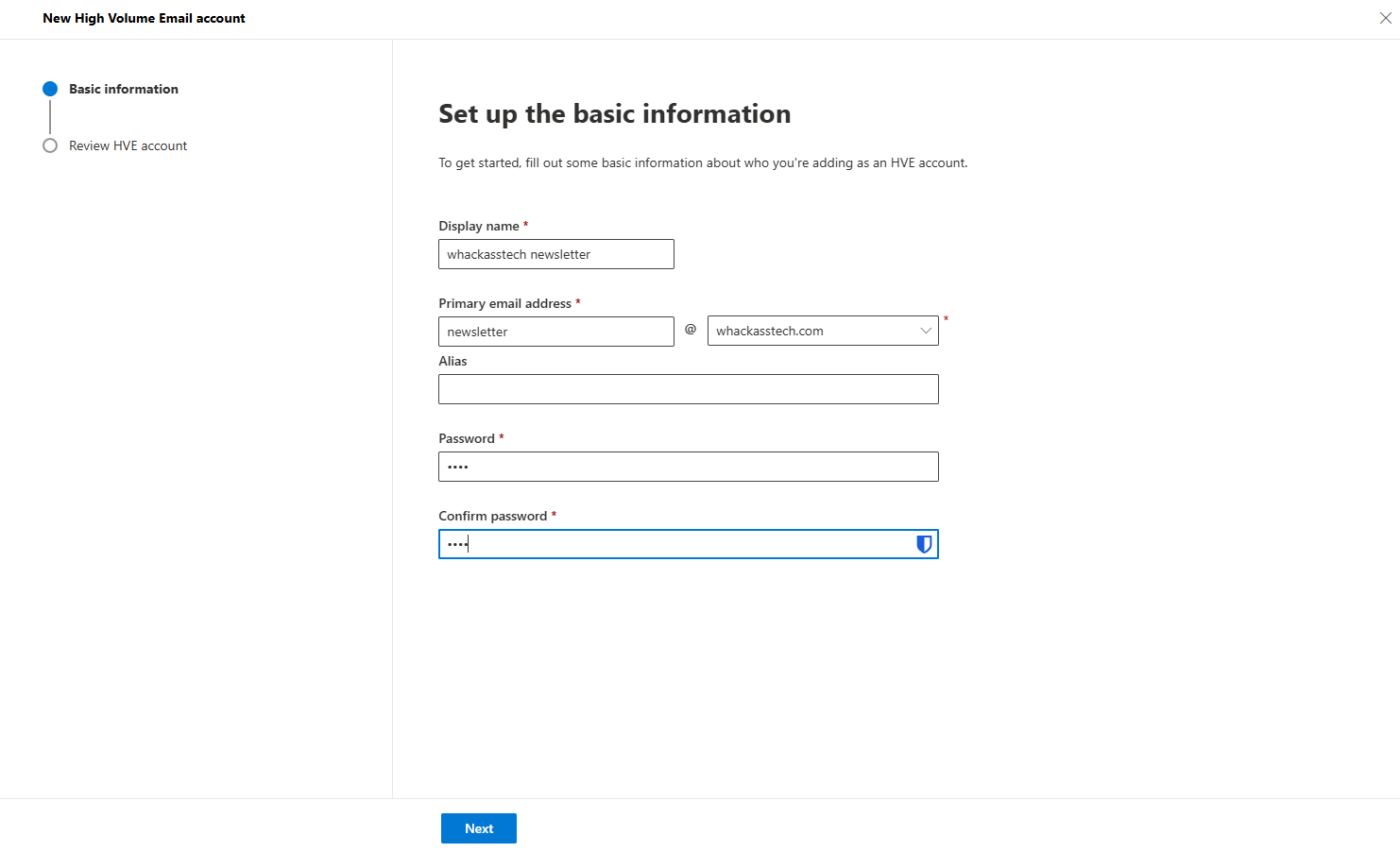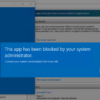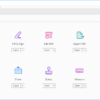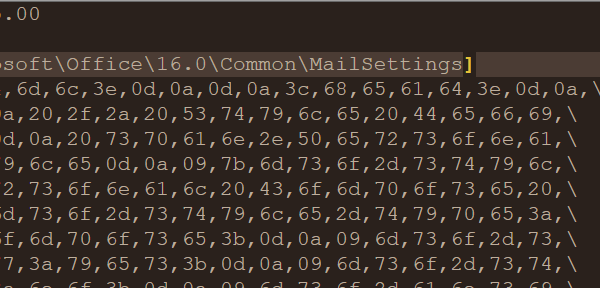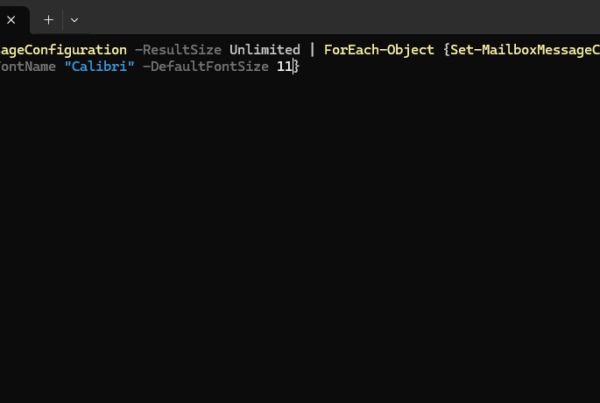Welcome to our new blog post about Learn about High Volume Email (HVE) in Microsoft 365. Sending a large number of emails efficiently is crucial for businesses and organizations. Microsoft 365 offers High Volume Email (HVE), a solution designed to handle bulk email sending while maintaining security and reliability. In this guide, we’ll explore what HVE is, how it works, and how it can benefit your organization.
Table of Contents
What’s High Volume Email (HVE) and What Can It Be Used For?
High Volume Email (HVE) in Microsoft 365 is a service designed for sending large amounts of emails, such as notifications, alerts, newsletters, or transactional messages. It allows businesses to send bulk emails efficiently while ensuring they meet security and compliance requirements. HVE is useful for organizations that need to communicate with a large audience, such as customer updates, marketing campaigns, or system-generated emails. By using HVE, businesses can ensure reliable email delivery without overloading their regular email system.
Limitations of High Volume Email (HVE)
High Volume Email (HVE) in Microsoft 365 is designed to facilitate the sending of large volumes of emails, primarily to internal recipients. However, during its public preview phase, certain limitations are in place:
-
HVE Accounts: A maximum of 20 HVE accounts can be created per tenant.
-
Recipient Rate Limits: Up to 100,000 recipients per day per tenant.
-
External Recipients: Each HVE account can send to a maximum of 2,000 external recipients per day.
These limitations are expected to be expanded upon the service’s General Availability (GA). Additionally, during the preview, HVE requires SMTP Basic Authentication, with plans to support OAuth authentication at GA. Administrators will also have the capability to set volume thresholds on a per-account basis to manage usage and costs effectively.
How to create a High Volume Email (HVE) Account in Microsoft 365
Step 1: Create a High Volume Email (HVE) Account
In this section Iwill show you, How to create a High Volume Email (HVE) Account in Microsoft 365. We will need to create the account in the Exchange Admin Center. Just follow the steps.
- Go to https://admin.cloud.microsoft/exchange#/
- Click on Mail Flow
- Click on High Volume Email
- Click on Add an HVE account
Add your High Volume Email (HVE) Account Information and create your account.
Step 2: Enable Basic Auth SMTP
Users must ensure that ‘AllowBasicAuthSmtp’ is enabled in their organization for the HVE account. Additional customizations can be made to authentication policies if needed.
Note: Enabling Basic Authentication helps prevent errors when sending emails from HVE.
To create a new authentication policy and enable ‘BasicAuthSmtp’, use the following cmdlets:
New-AuthenticationPolicy -Name "Auth Policy for HVE" -AllowBasicAuthSmtp
Set-User newsletter@whackasstech.com -AuthenticationPolicy "Auth Policy for HVE"
Step 3: Use the High Volume Email (HVE) Account
Once your HVE account is set up, you can start sending emails using the designated SMTP settings. Configure your email client or application with the following details:
- Server/Endpoint: smtp-hve.office365.com
- Port: 587
- TLS: STARTTLS (supports TLS 1.2 and TLS 1.3)
- Authentication: Username and password
Ensure that your application supports STARTTLS encryption and uses the correct credentials for authentication. This setup helps secure email transmission while maintaining compliance with Microsoft 365’s security standards.
Conclusion
In this blog post we Learn about High Volume Email (HVE) in Microsoft 365. In the first step, we created a new HVE account in the Exchange Admin Portal. We then enabled Basic SMTP Auth and I showed you, what SMTP settings you should use. Did you enjoy this article? Dont forget to follow us and share this article. If you have any questions or need further assistance, feel free to reach out or leave a comment below.


